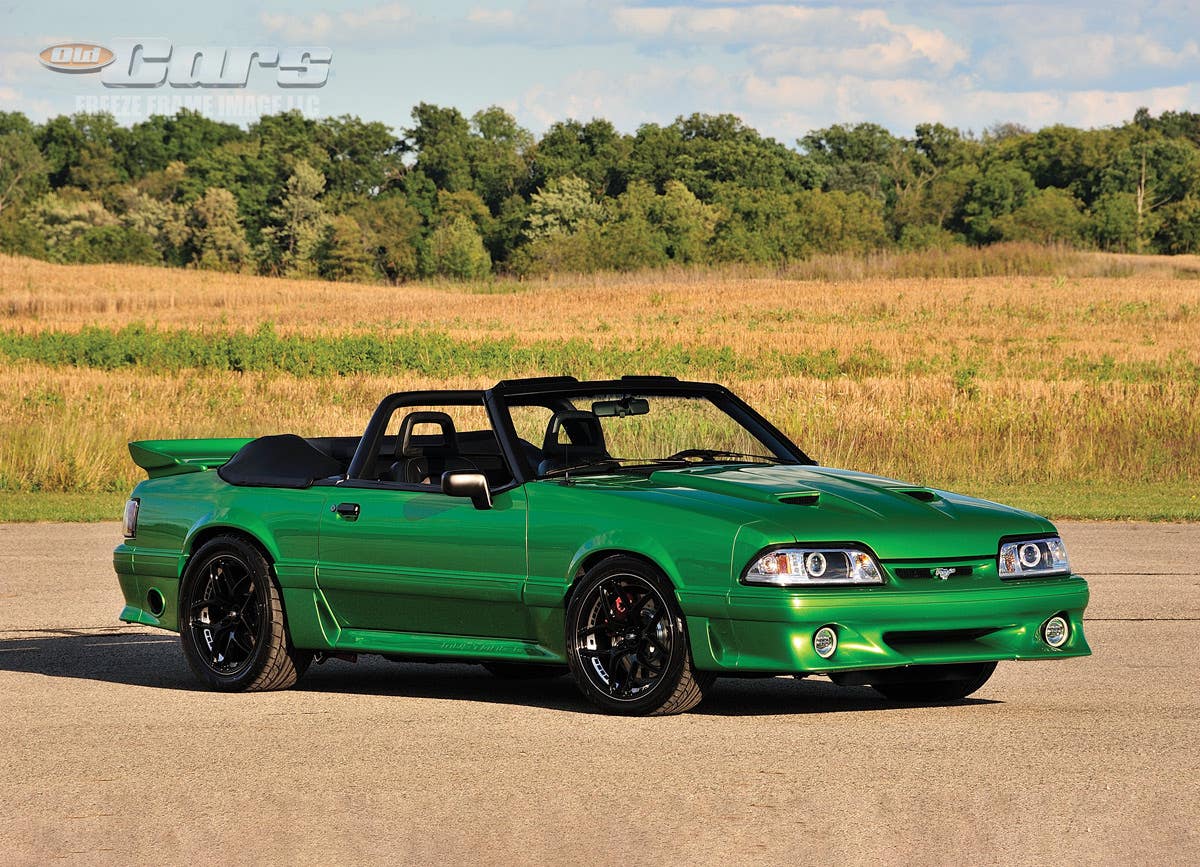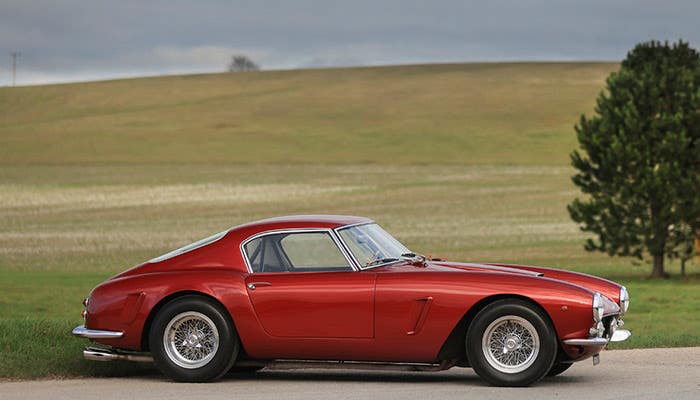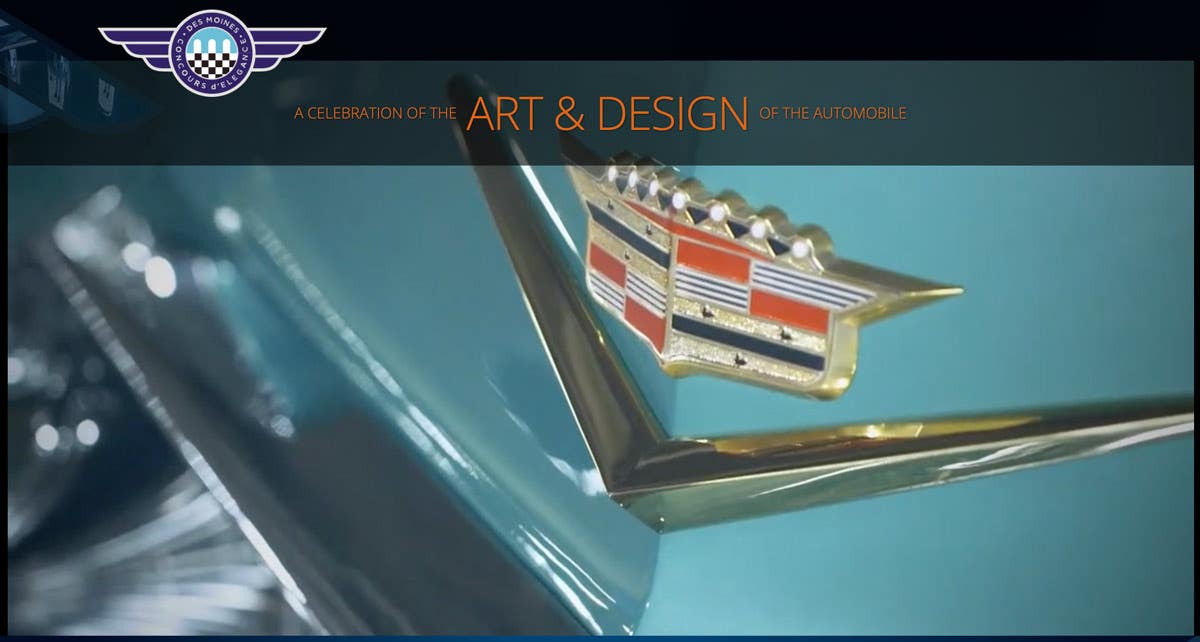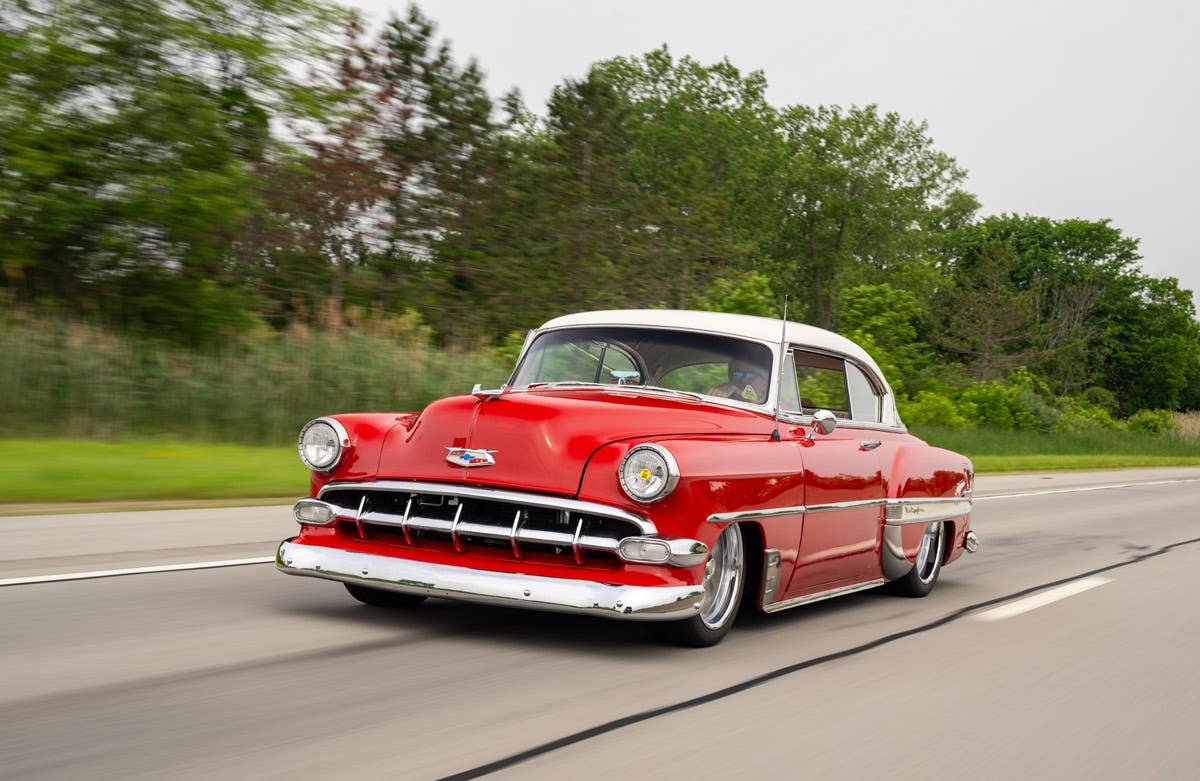Barn find rarity from England
The latest British-built car to come into Gunner’s Great Garage (www.gunnersgreatgarage.com) is a 1968 Triumph TR250 roadster. As you can tell, this is a car that was “driven hard and…
The latest British-built car to come into Gunner’s Great Garage (www.gunnersgreatgarage.com) is a 1968 Triumph TR250 roadster. As you can tell, this is a car that was “driven hard and put away wet.” It was last licensed in Illinois in the 1980s.
The owner kept the car all those years, pushing it from one stage space to another. Now, he has decided it’s time to get the car going again. He doesn’t want a restored show car — he wants a reliable “driver.”
The car’s in-line six-cylinder engine received good care over the years and it is not stuck so we are hoping the car can be made to run again without a lot of work. However, it will need things like a battery, a clutch and rebuilt brakes.
This car has the serial number 66 and is believed to be the 66th TR250 made. But we are going to have to do some research to verify that.
Here is the story of the TR250 from my book called The StandardGuide to British Cars.
1968 TRIUMPH TR250/TR5
Adding more power to the TR roadster was accomplished by adding two more cylinders to the engine. The appearance was similar to that of the TR4A, except for a new grille. The TR250 did the quarter mile in 18.8 sec. At 74 mph.
The United States Government was largely to blame for the fact that the new six-cylinder Triumph sold here was slower than the previous four-cylinder model. To make the car comply to U.S. pollution laws, the fuel-injection hardware had to be swapped for a pair of standard carburetors tuned to run on the lean side of the scale.
Externally, the grille used on the TR250 varied from the TR4 grille by losing a small, vertical, center bar. This left only a pattern of full-width horizontal bars to fill the opening. The TR250s had reflective racing stripes across the hood and front fenders ahead of the front wheel wells. The standard steel disc wheels came with covers that were designed to resemble “mag” wheels and even had dummy lug nuts. But many of the TR250 convertibles wore optional center-lock wire wheels instead. Radial tires now were standard. A new magnetic gas cap was introduced.
Inside the cars, the TR4 style interior was redone to make in comply with new federal safety regulations. The steering wheel got a leather-and-sponge-rubber rim and had padded spokes. The gearshift lever was also padded. The old toggle switches protruding from the dash were replaced with safer rocker-style switches. A reflective material was sewn into the convertible top to make it more visible at night.
The TR250 engine was an in-line, overhead-valve six-cylinder with a cast-iron block and head. It had a 74.7 x 76-mm bore and stroke and 2498 cc displacement. Four main bearings supported the crank in the solid-lifter power plant. It had two Zenith-Stromberg horizontal carburetors and an 8.5:1 compression ratio. This added up to 111 hp at 4500 rpm and 152 ft.-lbs. of torque at 3000 rpm. Road testers estimated top speed at about 107 mph and 10.6 sec. was required to get from 0-to-60 mph.
The TR250 had an 88-in. wheelbase and overall length of 153.6 in. They were 50 in. high to the top of its windshield and 58 in. wide. The front tread width was 49.25 in. and the rear tread width was a slightly narrower 48.75 in. The standard disc wheels carried 185HR15 radial tires.
A four-speed manual transmission was standard and overdrive was available. The final drive ratio was lowered to 3.45:1 for the six-cylinder drive train, because it produced more torque than the Four. Rack-and-pinion steering was employed and was significantly redesigned to reduce rear movement of the column in a collision impact. The front suspension relied on unequal-length A-arms with coil springs. The rear independent suspension featured semi-trailing arms and coil springs. For brakes, Triumph used Girling discs up front and Girling drums at the rear.
The TR250 was marketed in two models. The convertible had an East Coast Port-of-Entry price of $3,175 and the coupe version was priced the same. The convertible weighed 2,165 lbs. and the coupe (actually a hardtop with a detachable roof panel) weighed 2,268 lbs. Production lasted less than two years, ceasing before the end of 1968.
About 8,484 TR250s were made, with this figure reflecting a fall off in American interest in the TR series for the first time in seven years. The TR250’s reputation for having less power combined with the negative write ups in car magazines had soured the market here.







